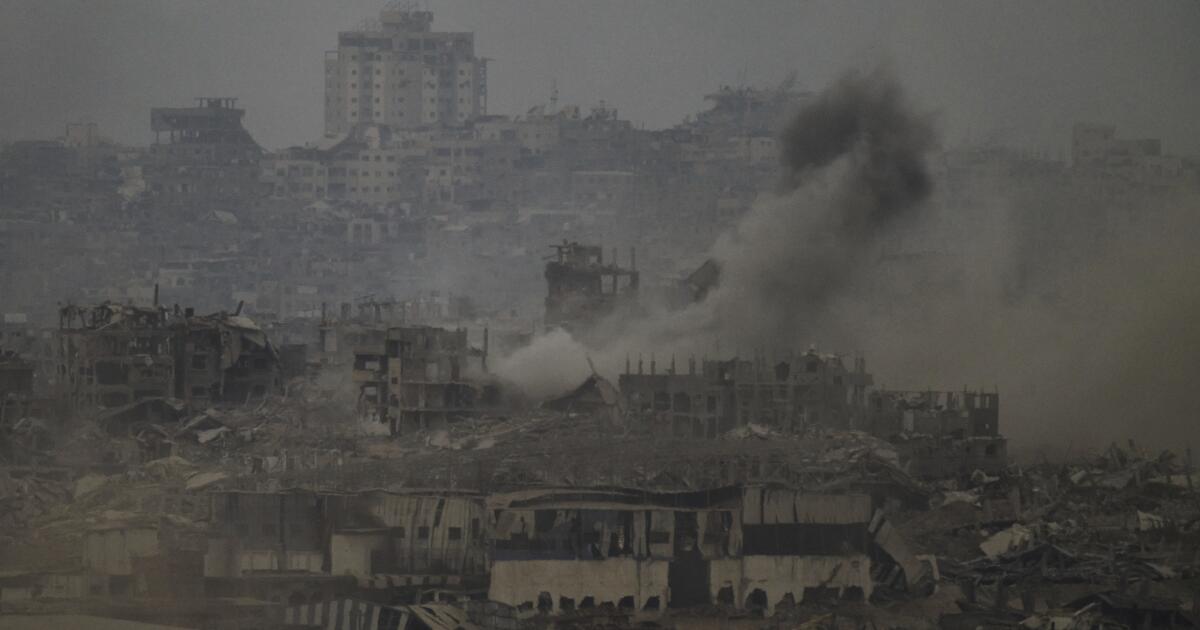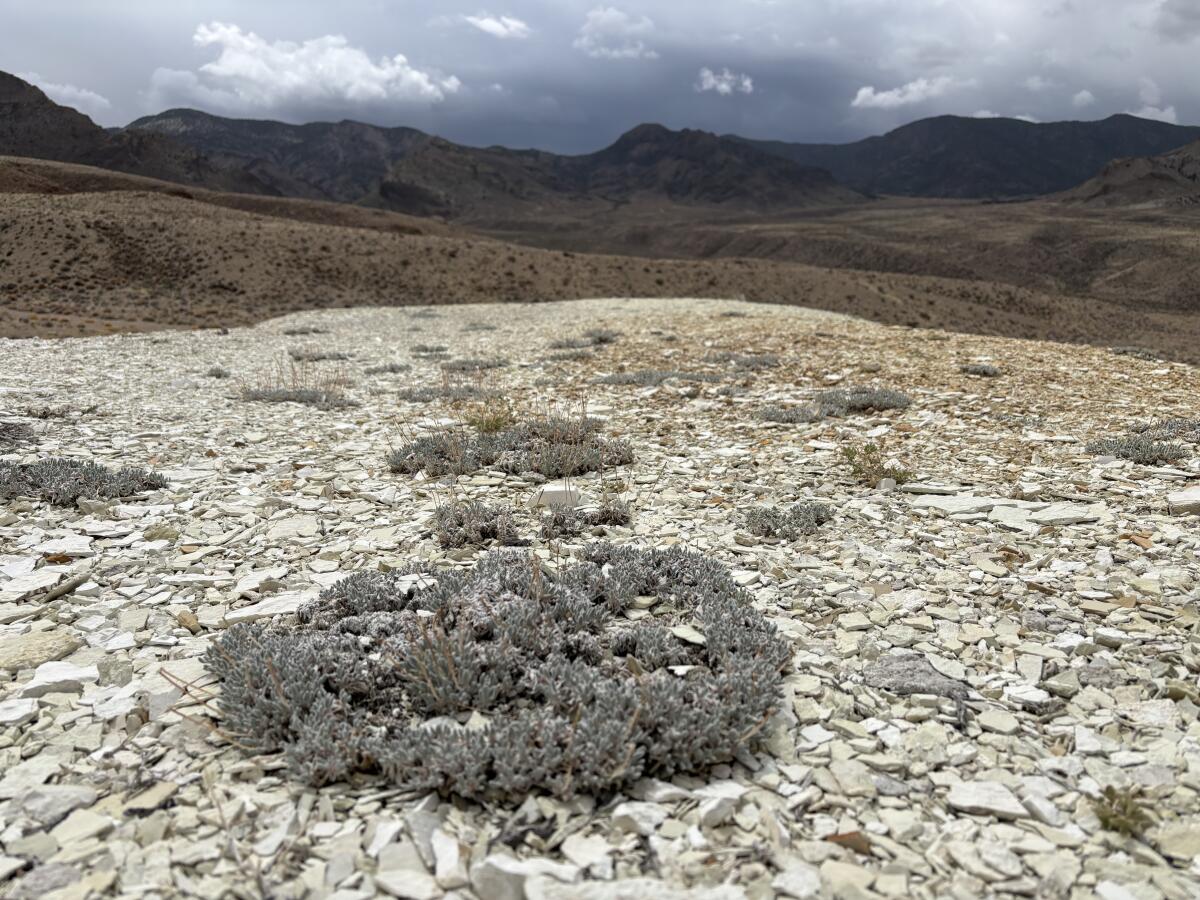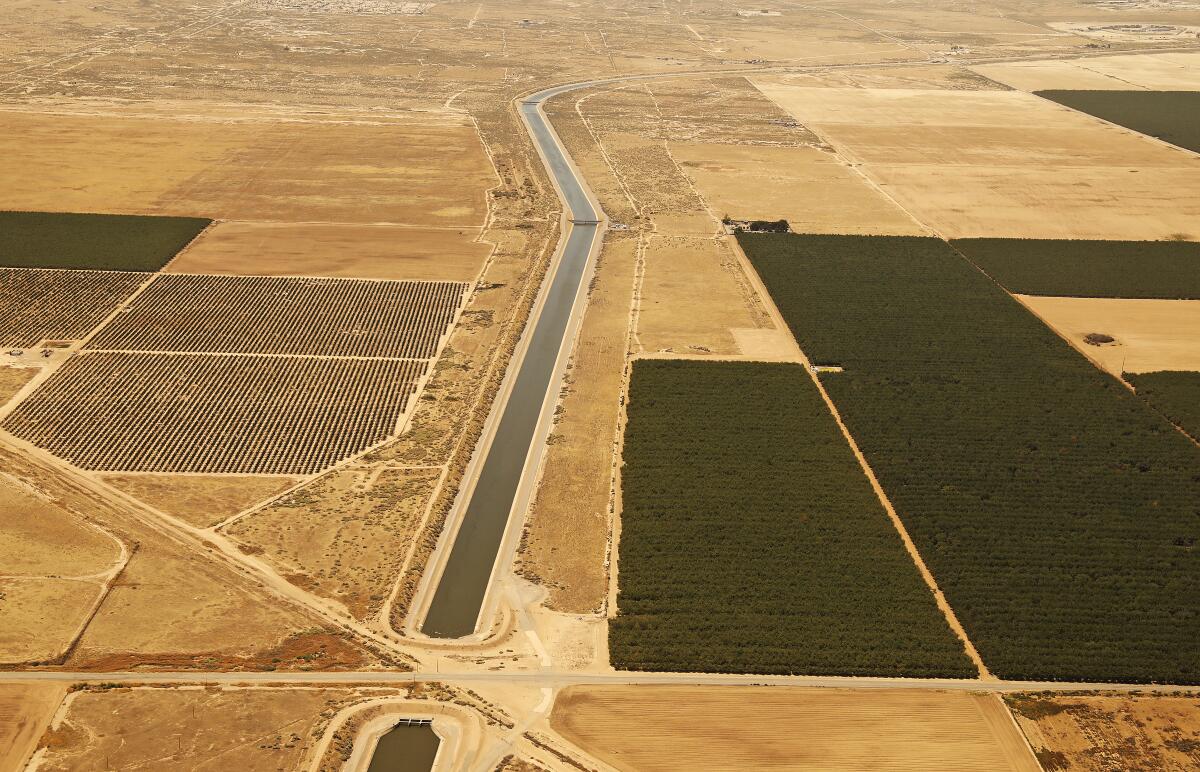Reporter Lucy Marshall felt like she went back in time as she rode the Northern Belle train last week. She shared her experience after paying a hefty price for the luxury experience from Yorkshire to Edinburgh
It’s 8am on a Thursday morning and bag pipes can be heard around Wakefield Westgate station as a sea of mothers, daughters, grandparents and loved up couples could be seen dressed up to the nines on the platform awaiting the Northern Belle train.
Steam bellows out of the train before coming to a halt. Passengers beam as train staff, dressed in smart, traditional railway uniform roll out branded red carpets and greet guests as they board the luxurious carriages named after British castles or stately homes around the UK. I feel like a Royal Family member and can’t wait for my first sip of champagne.
As a regular train traveller – who more than often ends up with cancelled journeys, rowdy passengers or delays – I couldn’t wait to get a taste of this luxurious experience that I often see celebrities and influencers raving about on social media. So what better time than for my sister’s 30th birthday to enjoy such a treat. Loved ones had also shared stories of how “amazing” the train is and insist it is a must-try. But while I was excited, priced at a whopping £550 per person, my expectations were high.
The deluxe train takes passengers on rides to racecourses, castles, seaside towns, and more. We were travelling from West Yorkshire to Edinburgh, where we would also experience a tour of the Royal Yatch Britannia. The train picked up passengers from Huddersfield, Wakefield and York. It was due to also stop at Leeds but due to a fault [shock] this stop was taken off the pick up list.
After a wonderful greeting, I was seated in the Harlech carriage – the last one. If you are with a group, you will be put in a four booth seat, while couples were sat at a two-seater table at the other side.
READ MORE: Hotel guest told ‘everything in mini fridge is free’ but is astounded by contents
We also loved that a magician came round and performed tricks which left us totally baffled and wowed. The views from the train up to Scotland were amazing to see and I also observed the toilets were clean and enjoyed the White Company hand cream and luxury of using cotton hand towels instead of tissue or a dryer.
Four-hour stop in Edinburgh
After arriving at Edinburgh station, stuffed with champagne and delicious food, we got on a a private transfer from Waverley Station to Leith, before our tour of the Royal Britannia.
For some 40 years, the magnificent Royal Yacht Britannia cruised round the world carrying the late Queen Elizabeth II and the Duke of Edinburgh on 968 State visits. They sailed more than a million miles, entertaining impressed prime ministers, presidents and foreign monarchs, while keeping the flag flying for Great Britain, before it stopped sailing in 1997.
It was also used for a pre-wedding party in July, 2011 as the extended Royal Family joined Zara Phillips and Mike Tindall for a cocktail party on board.
I loved seeing the staff quarters on board and we could not get over the size of the bed that the Queen and Prince Phillip would stay in. The beds looked like they were made for children. It was totally fascinating and we had a hand held phone which provided informative information. I loved hearing about the Queen’s favourite places on board and seeing the dining room where they held important dinners.
If you are a royal fan, keen sailor or love history, you will really enjoy it. Those on board the Northern Belle who weren’t keen on this spent the four hour break from the train exploring Scotland’s capital city instead.
Six-course meal and evening experience
The Northern Belle looks even more beautiful at night time as the lamps inside make it look magical.
We got back on the train for more champagne before a sumptuous six-course dinner with fine wines on our memorable journey home.
Then we ordered our three main courses at the start of the journey, as well as selecting the bottle of wine we would share to accompany each course and our selection of port to go with the cheese course. I opted for the Lishman’s of Ilkley Ham, Hock Terrain, followed by the Terroir et Saisons slow-braised daube, and finished off with Eton Mess of Annabel Strawberries.
While waiting for a main course we enjoyed a selection of canapés – including Yorkshire Asparagus Donut, British Raj Chicken, and Royal Siberian Baerii Caviar. The caviar canape was by far my favourite; it was salty and delicious.
I couldn’t quite believe how amazing the quality of food was on a train. Haven eaten in plenty of high end and Michelin-starred restaurants, this meal was up there thanks to the fantastic presentation, incredible flavours, and quality.
But the star of the show was yet to come – the cheeseboard. Oh my, the size of the board was as big as the tables. It was simply a cheeselover’s dream. We had the choice of Batch Clothbound Cheddar, Duke of Wellington Blue, Flat Capper Brie and Sheffield Forge. Of course I tried them all. There was also a choice of different crackers, jams and chutneys.
Around this time, a two-man band came around and played music at each seats. This was super fun and got everyone clapping together on the train which was really sweet. While fabulous, they only did one song at each seat. Throughout the rest of the journey both travelling to and from Edinburgh there was no music. So I think considering it is listed as part of the experience, the band could have played for longer or some classical music could have been put on in the background.
The evening was finished off with us ordering espresso and porn star martinis. I was shocked that not all drinks were including within the price. While it was great to share a bottle of wine, and that is enough, throughout the rest of the long journey if you want a drink you have to pay extra for it. To be honest I think this is pretty appalling when you are paying £550 I think the price should cover all drinks for the day.
Overall I absolutely loved this experience and was totally wowed. It has also made me want to try other fancy train rides too. It’s a brilliant way to not only enjoy luxury, spend a long period of time having fun with friends, a partner or family, but it also allows you to see new places.
While I think it is totally justified it’s an expensive experience, I do think £350-£400 would be a more appropriate amount for what we got on the day. If they included all drinks and provided more entertainment I believe it would be worth the full price.
But would I ride it again? Absolutely.
Would you pay this much to ride a train? Comment below.






































